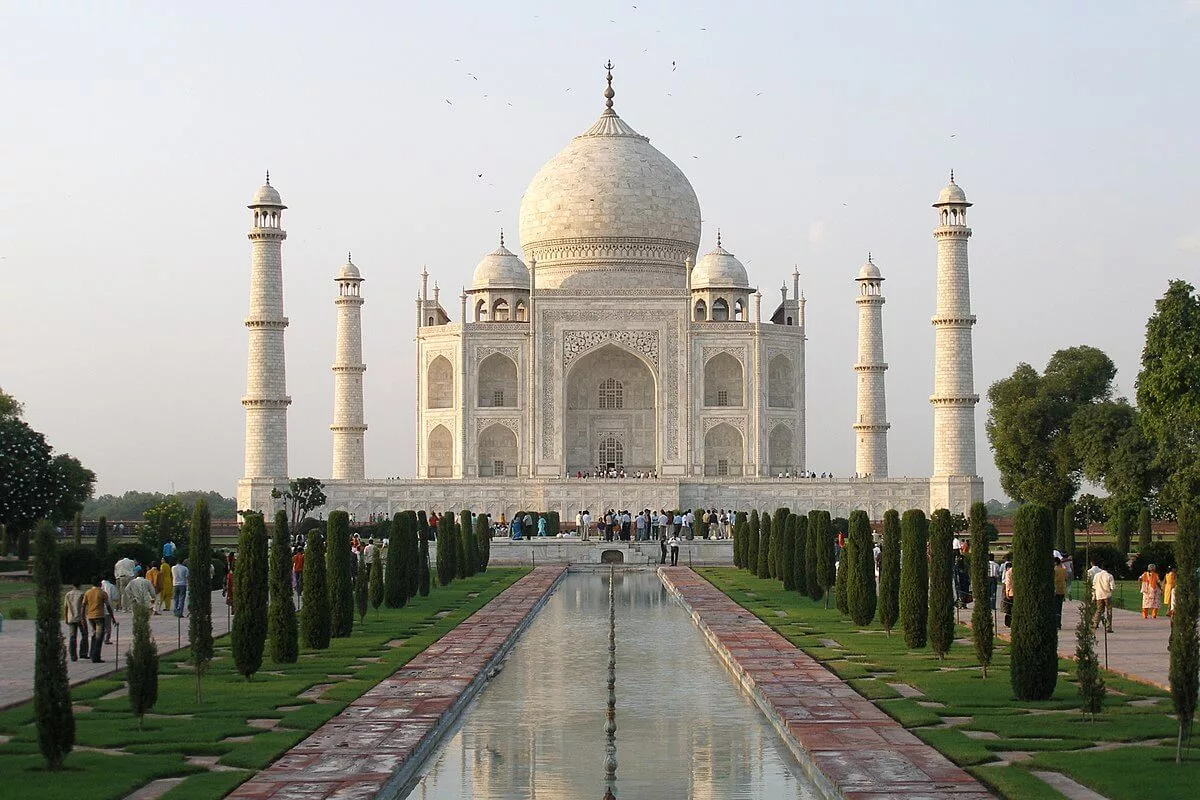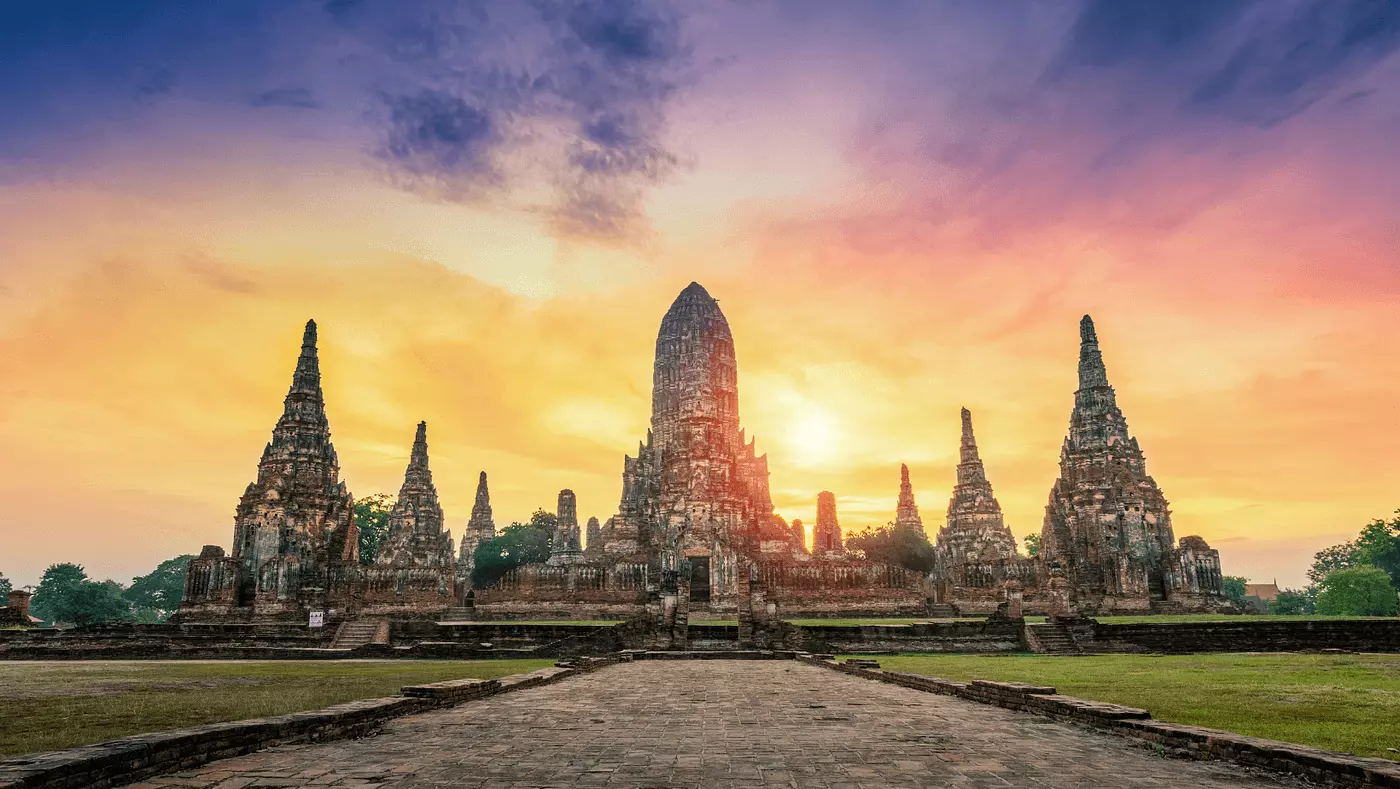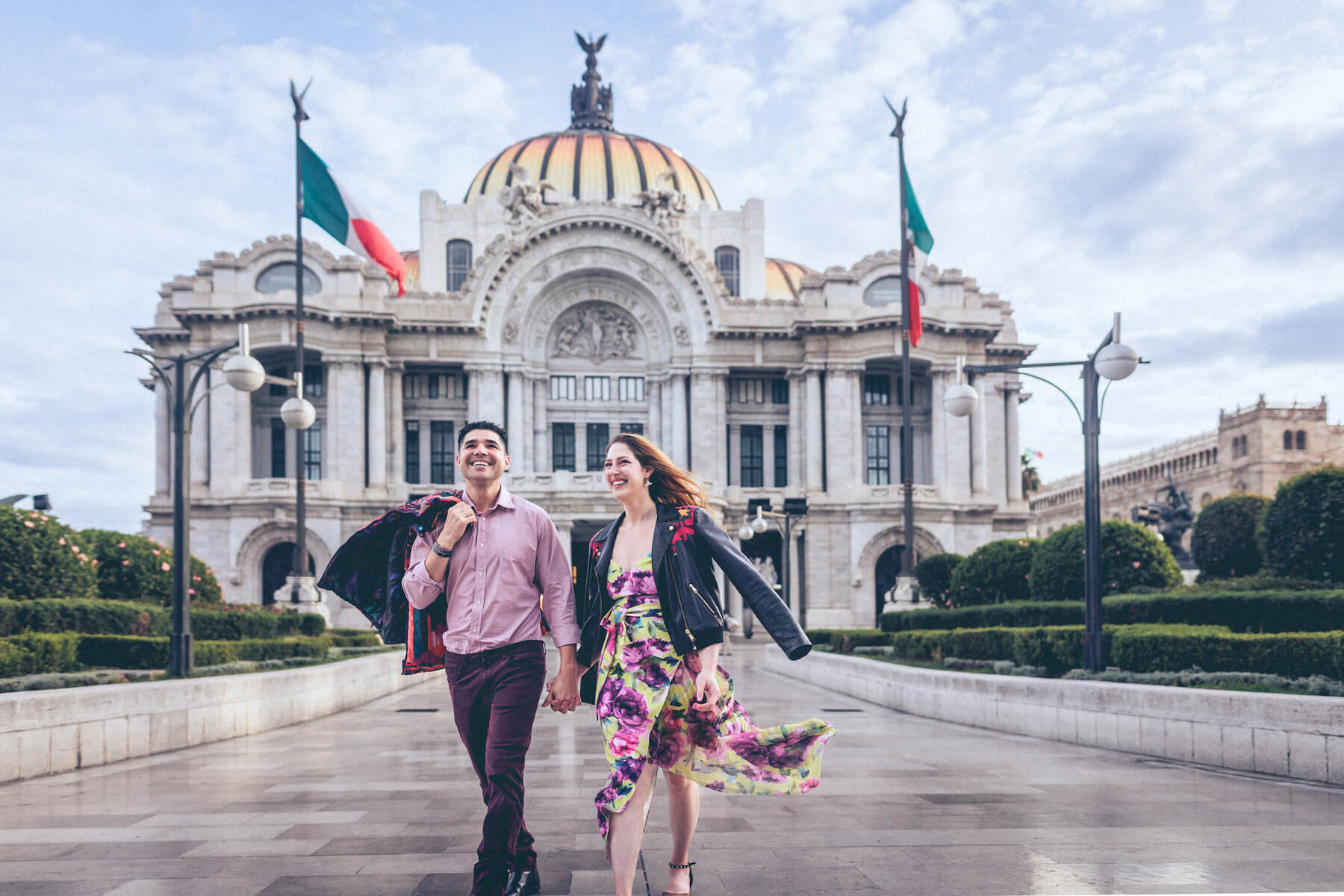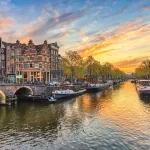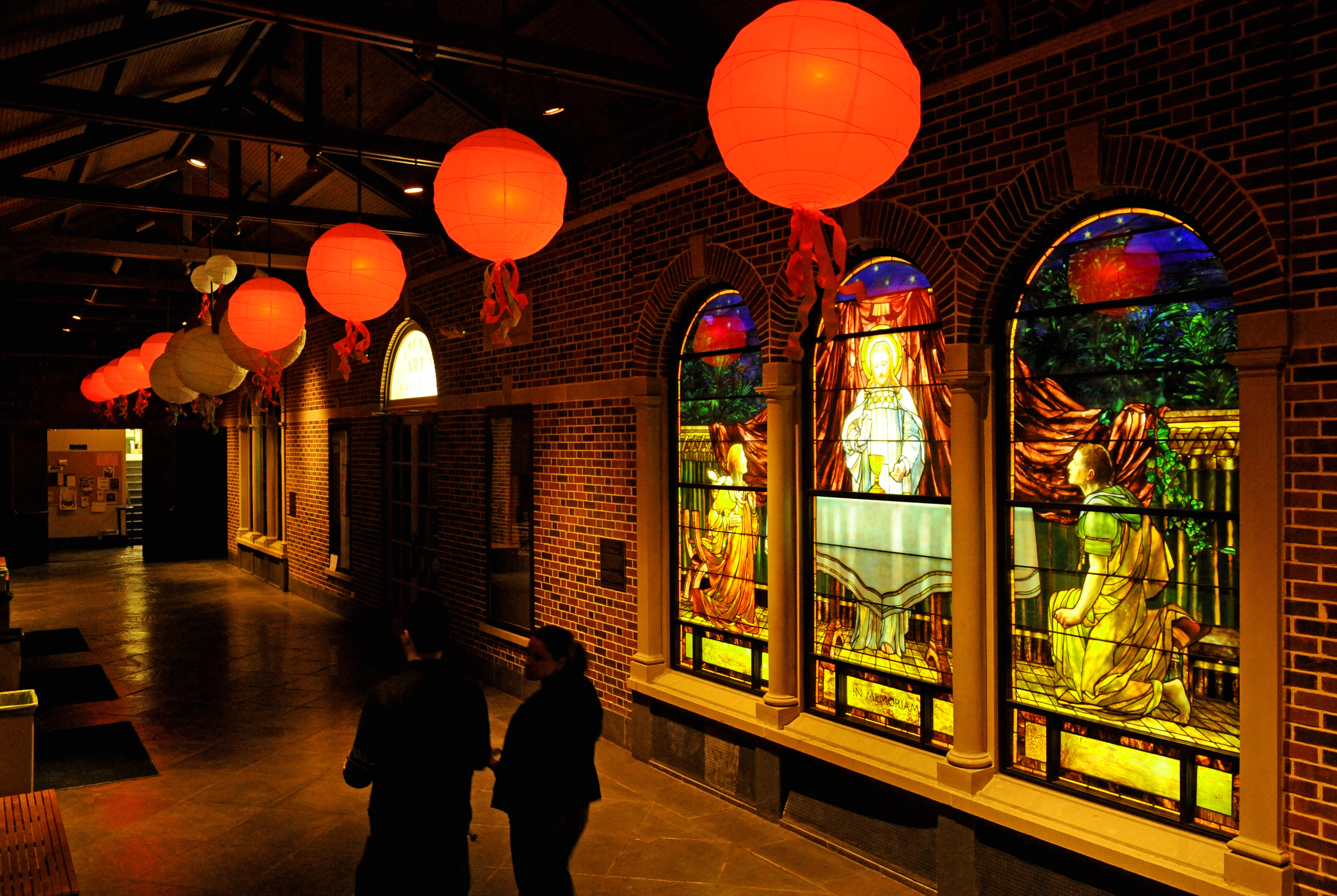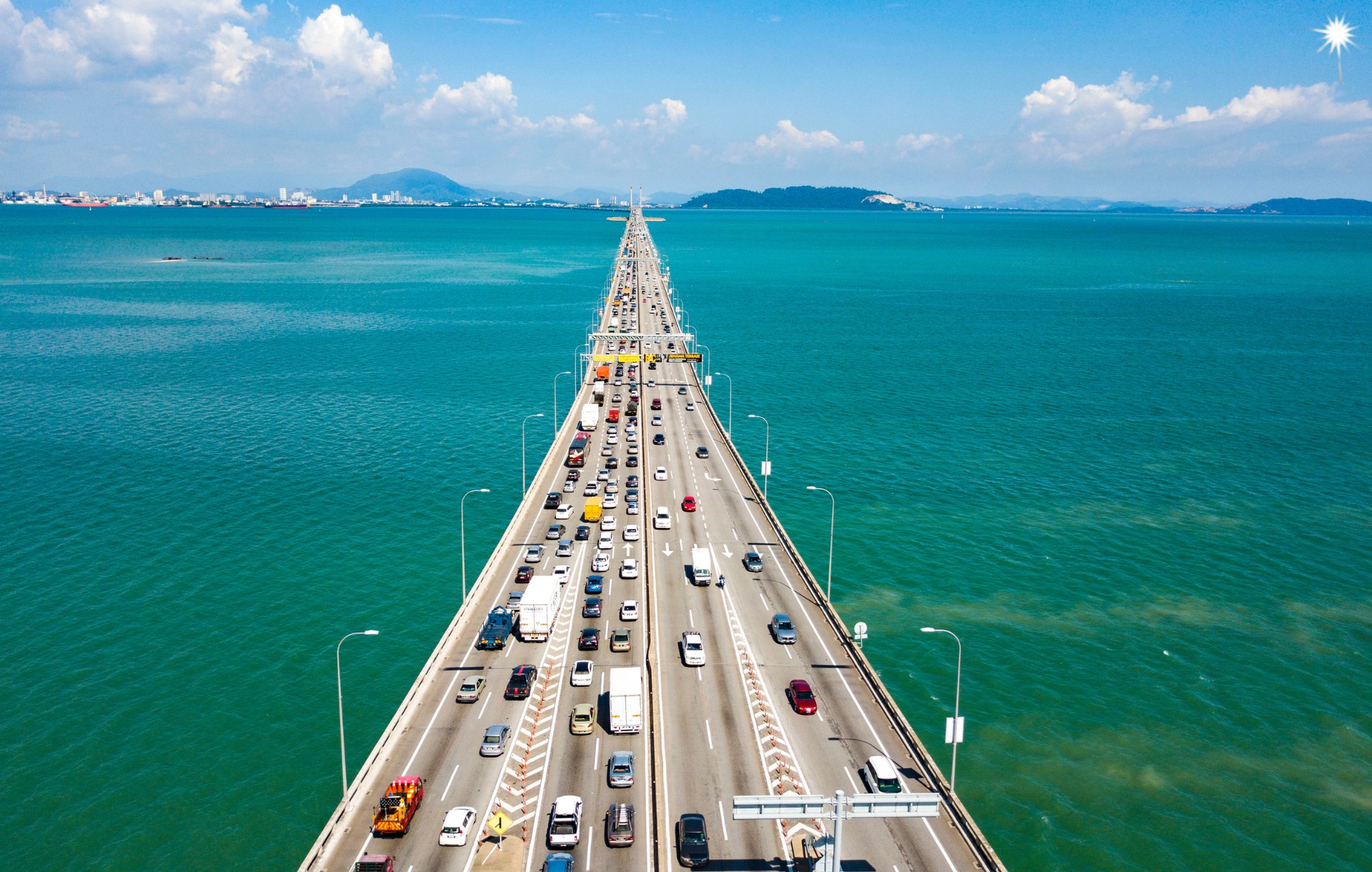China, one of the world’s four ancient civilizations, has a history that dates back over 5,000 years. Its vast land is dotted with countless historic sites. These historical sites and architectures are a testament to Chinese history and culture, as well as treasures passed down by the Chinese people. The top ten historical landmarks in China are on many people’s bucket list of places to visit.
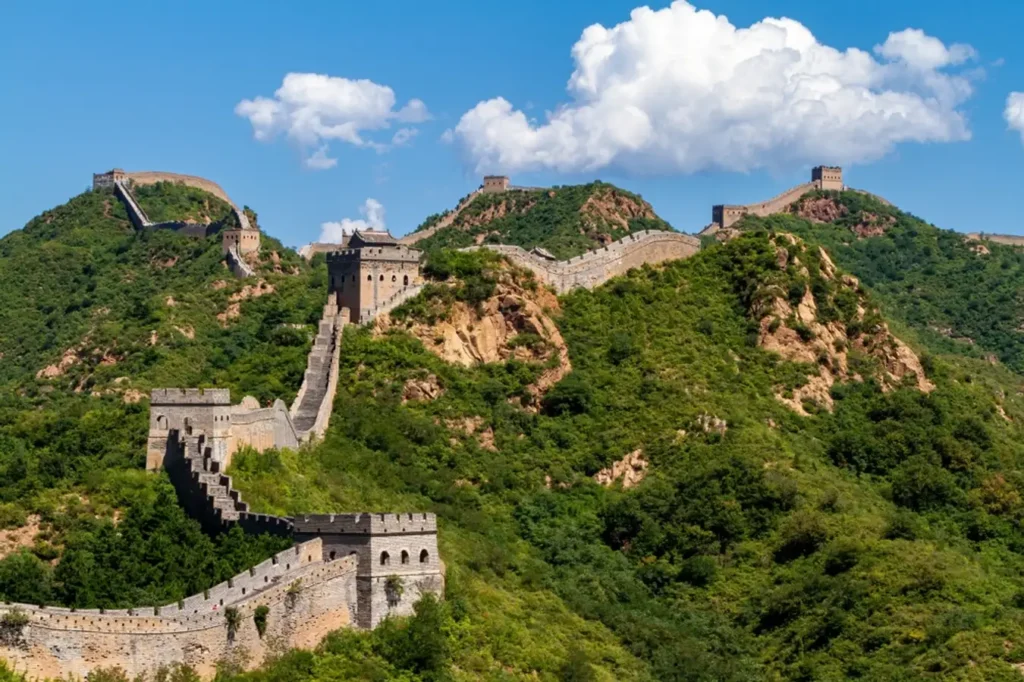
Content
The Great Wall of China
As the greatest ancient fortification in the world, the Great Wall of China is known as the “miracle of human civilization.” The existing remains of the Great Wall are mainly the Ming Great Wall, which was built in the 14th century. It stretches from Jiayuguan Pass in the west to Hushan Mountain in Liaodong in the east, with a total length of 8851.8 km. The Great Wall was listed as a World Cultural Heritage site in December 1987.
The Palace Museum of Forbidden City
The Forbidden City is the world’s largest and most complete timber structure composed of ancient buildings. It was erected during the Ming Dynasty and served as the royal residence for both the Ming and Qing eras. It exemplifies the distinctive charm of ancient Chinese court culture while also being a marvel of ancient Chinese architecture. On Beijing tours, don’t miss visiting the Great Wall and the Forbidden City.
The Terracotta Warriors and Horses of Qin Dynasty
The Terracotta Army, located at the northern foot of Mount Lishan, Xi’an, is the burial pit of the mausoleum of Qin Shihuang (259 BC ~ 210 BC), the first emperor in Chinese history. It is known as one of the eighth wonders of the world. The burial pit of Qin Shihuang’s Terracotta Warriors and horses is the world’s largest underground military museum. When you plan on a China Xian tours, it is a must-see.
The Summer Palace
Together with Chengde Summer Resort, Suzhou Humble Administrator’s Garden and Suzhou Lingering Garden, it is known as China’s four famous gardens. The Summer Palace is the best preserved royal palace in China and is known as the “Royal Garden Museum”.
Potala Palace
The Potala Palace, in Lhasa, Tibet Autonomous Region, served as the imperial palace after Songtsen Gampo relocated his capital to Lhasa. When Songtsen Gampo’s Tubo Kingdom fell, the battle damaged the most of the Potala Palace. Rebuilt in the 17th century, Potala Palace was then become the Dalai Lama’s winter palace and the center of Tibet.
Pingyao Ancient city
The ancient city of Pingyao has retained the style of the county town in the Ming and Qing dynasties. In 1997, the ancient city of Pingyao was inscribed on the World Heritage List by UNESCO, becoming the first example of an entire ancient city in China to be inscribed on the World Heritage List.
Yungang Grottoes in Datong
It is one of China’s largest old Buddhist grottoes. Yungang Grottoes in Datong, Mogao Grottoes in Dunhuang, and Longmen Grottoes in Luoyang are considered China’s three greatest grottoes. It is also regarded as one of the world’s three greatest stone art treasures, alongside India’s Ajanta Caves and Afghanistan’s Bamiyan Caves.

